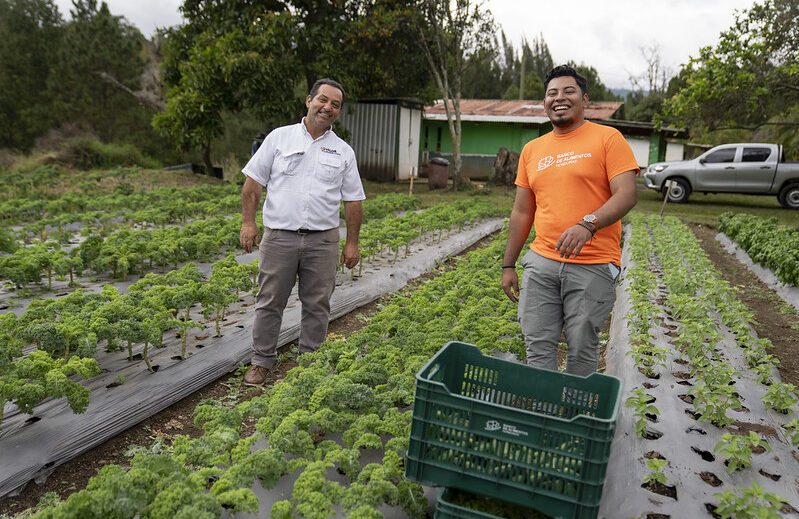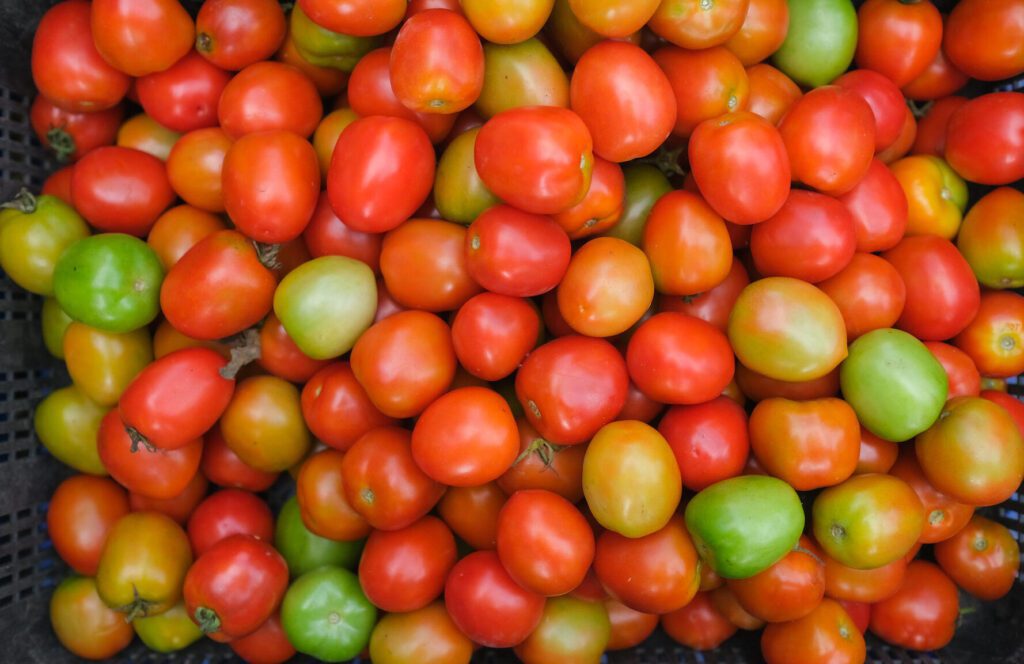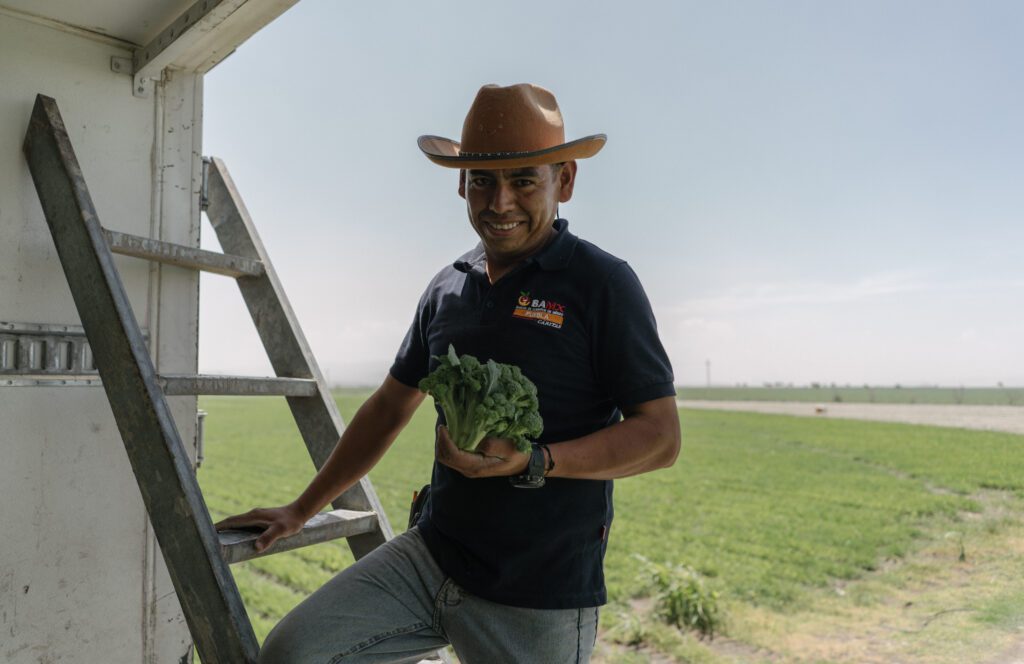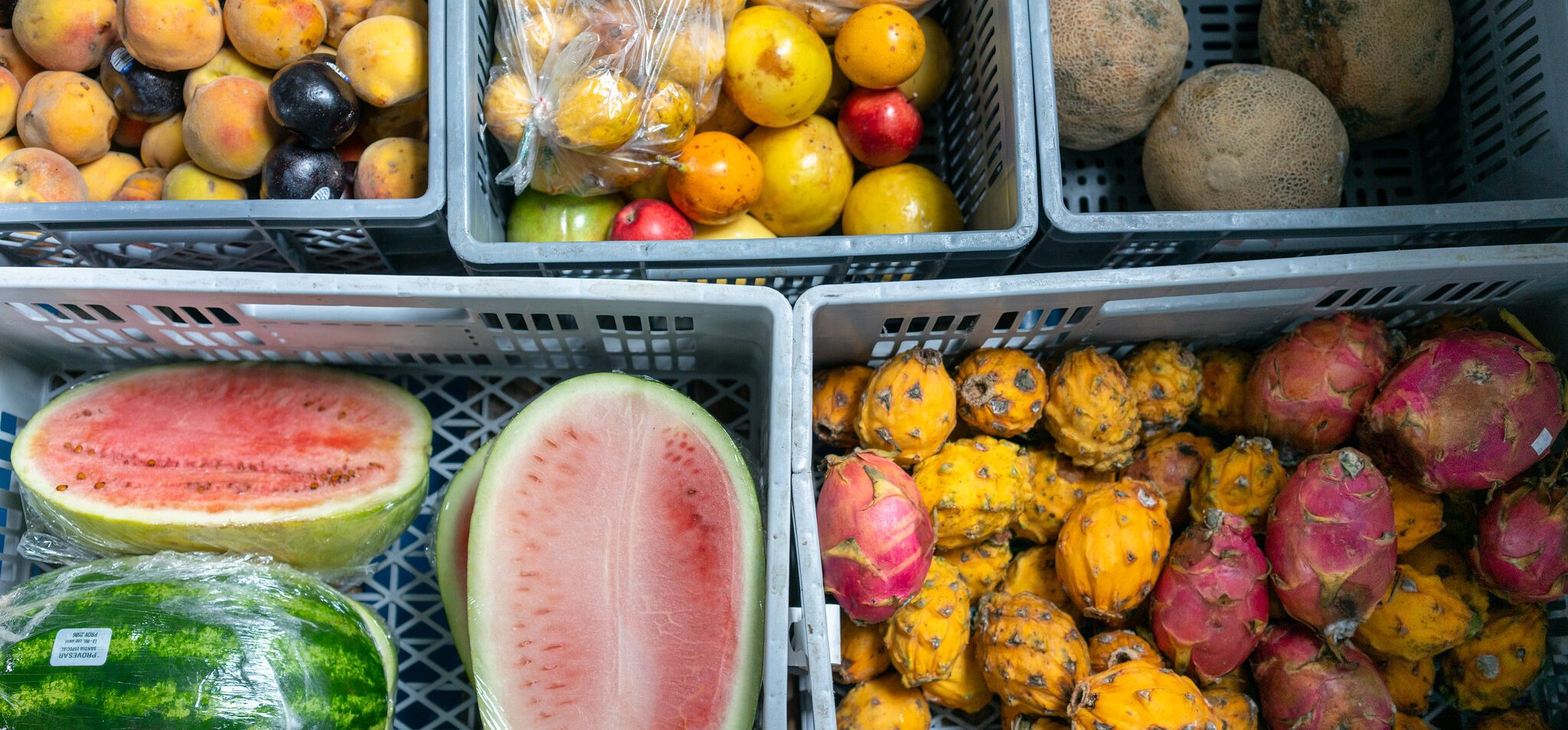
Uma nova metodologia ajuda os bancos de alimentos a provar seu papel na redução do desperdício de alimentos e na redução das emissões de metano.
Até 10 por cento das emissões globais de gases de efeito estufa vêm de alimentos que vão para o lixo. E quando os alimentos se decompõem, eles criam metano, um gás de efeito estufa que retém mais de 80 vezes mais calor do que o dióxido de carbono nos primeiros 20 anos.
A recuperação e redistribuição de alimentos — que é a especialidade dos bancos de alimentos em todo o mundo — é a maneira mais rápida, simples e acessível de reduzir as emissões de metano.
Em 2023, por meio de um investimento significativo do Global Methane Hub, a GFN começou a construir uma metodologia para quantificar e rastrear, em tempo real, as emissões de metano evitadas por meio da recuperação de alimentos por bancos de alimentos na Rede, que abrange 63 organizações em 53 países. Desenvolvida com a Carbon Trust, esta é a primeira metodologia para metano usando a ferramenta Microsoft Sustainability Manager existente.
Com a fase piloto concluída, o Recuperação de alimentos para evitar emissões de metano Metodologia (QUADRO):
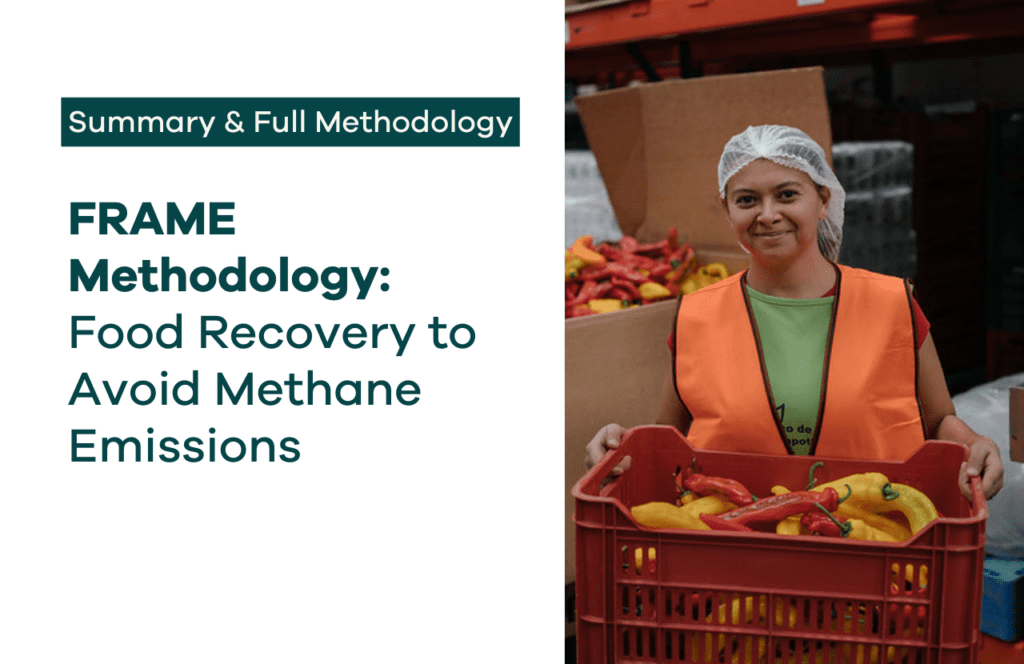

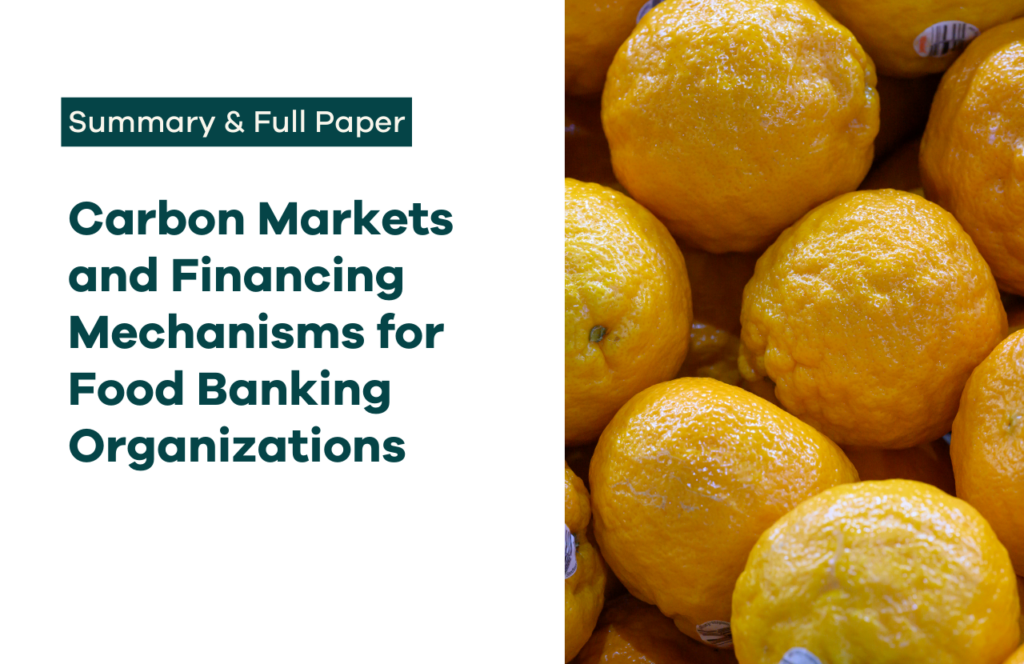
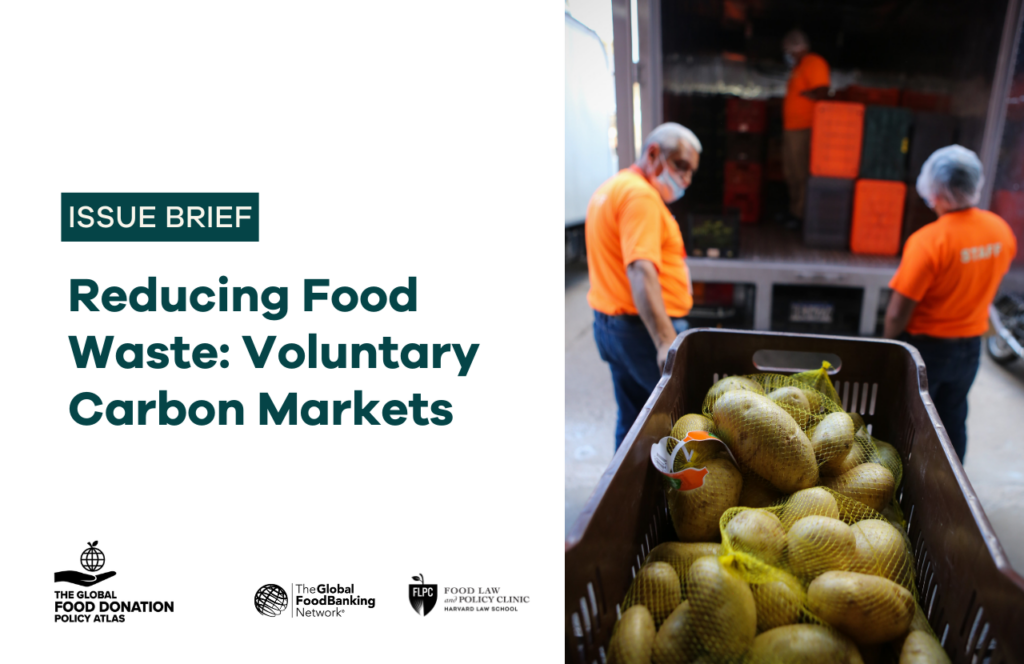
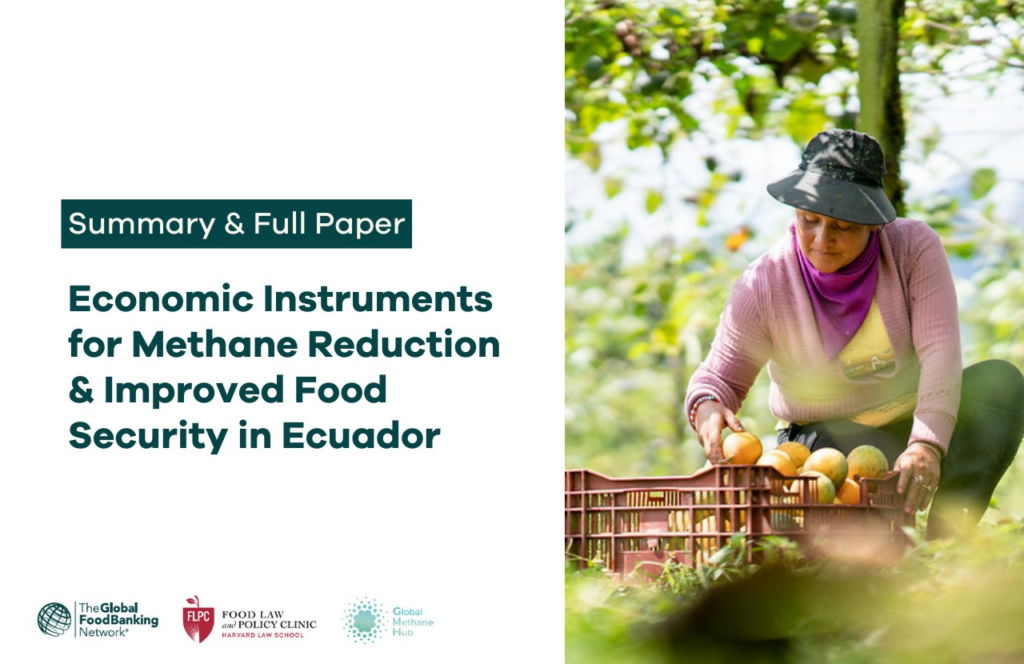
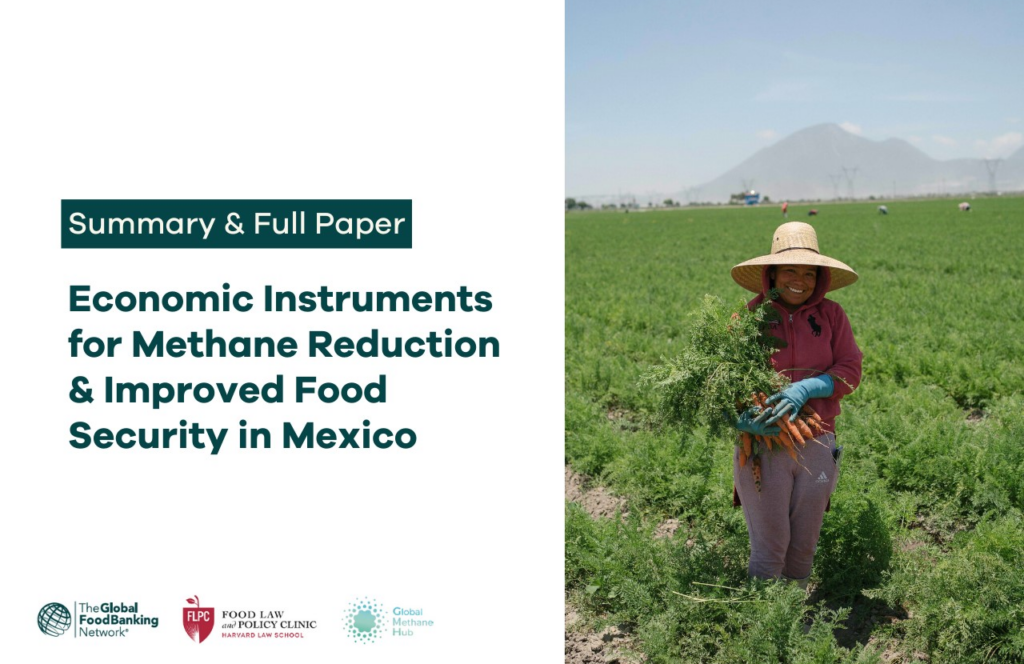
O Banco de Alimentos Quito usa a ferramenta Microsoft Sustainability Manager para rastrear várias métricas, incluindo a quantidade de alimentos recuperados, consumo de energia e uso de combustível. Alicia Guevara, fundadora e professora da Escuela Politécnica Nacional, observou que o uso do software já resultou em benefícios tangíveis.
“Usando o Sustainability Manager, podemos monitorar nossas operações mensalmente e fazer os ajustes necessários para melhorar a eficiência”, explica Guevara. “Por exemplo, descobrimos ineficiências em nosso sistema de refrigeração que estavam contribuindo para nossa pegada de carbono. Ao abordar esses problemas, melhoramos significativamente nossos processos.” Ao descarregar processos manuais para o Sustainability Manager, a equipe pode concentrar mais seus esforços em tarefas estratégicas.
"Esta nova ferramenta robusta para medir as emissões de metano evitadas por meio da recuperação e redistribuição de alimentos ajuda a trazer à tona os benefícios climáticos da nobre tarefa de doações de alimentos. Ela ajudará os países a cumprir os Objetivos de Desenvolvimento Sustentável (ODS) da ONU, incluindo os compromissos feitos como parte do Global Methane Pledge."
Marcelo Mena, CEO, Global Methane Hub.
